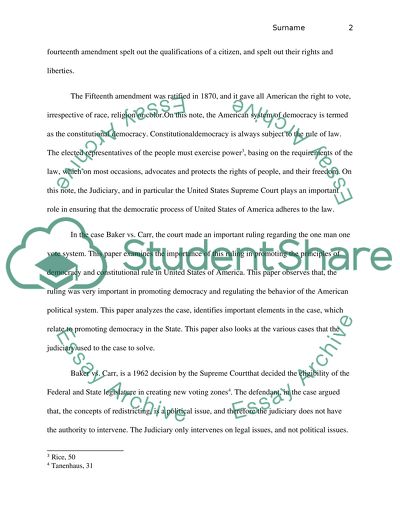Cite this document
(“Constitution Term Paper Example | Topics and Well Written Essays - 1750 words”, n.d.)
Retrieved from https://studentshare.org/law/1464446-constitution
Retrieved from https://studentshare.org/law/1464446-constitution
(Constitution Term Paper Example | Topics and Well Written Essays - 1750 Words)
https://studentshare.org/law/1464446-constitution.
https://studentshare.org/law/1464446-constitution.
“Constitution Term Paper Example | Topics and Well Written Essays - 1750 Words”, n.d. https://studentshare.org/law/1464446-constitution.


